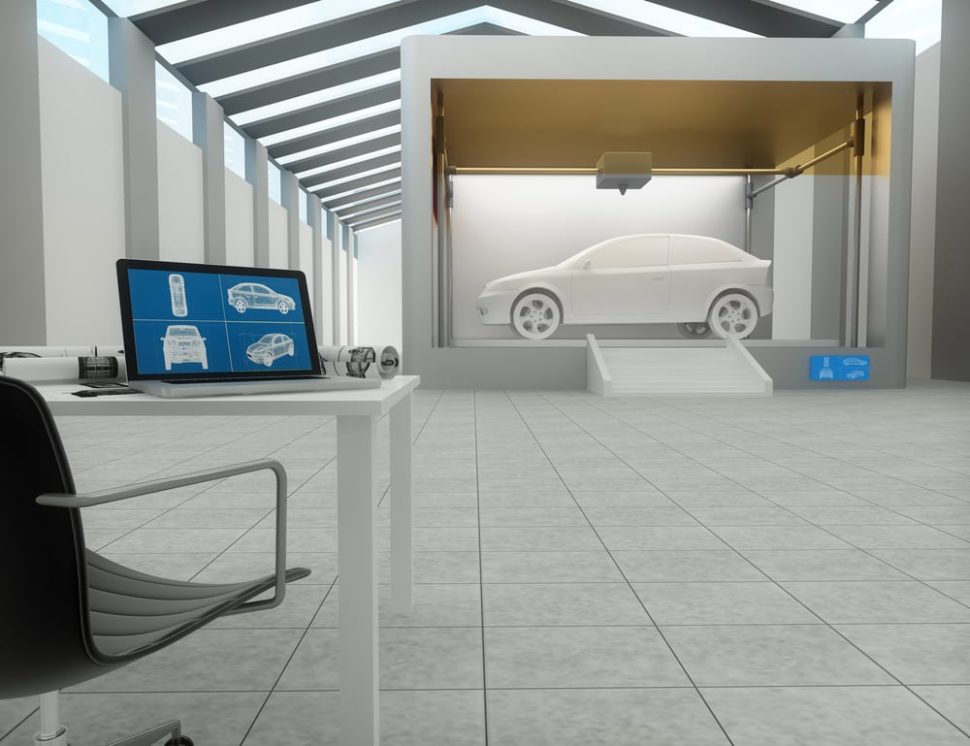Meet Olli, the world’s first 3D printed shuttle. With 3D printed vehicles and bikes becoming manufacturable at home, there’s no stopping the 3D printing train.
Local Motors sound like your average mechanic shop or car part store, right?
In fact, they are a ground mobility company with a distinct focus on futurism. That’s why they conceived Olli — the 3D printed shuttle.
What’s the deal with Olli and why is this such a game changer?
Humble Beginnings With Lofty Goals
That video comes from summer 2016 when the Olli shuttle paired with IBM’s Watson in Washington, D.C. But now, the company wants to expand Olli’s routes.
Founded in 2007, Local Motors sought to bring open-source designed low volume vehicle manufacturing to micro-factories. They have high profile partners like IBM, Airbus, General Electric, and HP.
But the company first started with a vehicle known as The Rally Fighter. The Guinness Book of World Records recognized it as “the world’s first co-created production car.”
From there, Local Motors expanded with a DARPA contract and a vehicle for Domino’s Pizza. However, it wasn’t until 2014 that Local Motors launched the world’s first 3D printed car: the Strati.
All of this led to Olli’s conception and subsequent production in what Local Motors calls “microfactories”. Due to the fact that Olli parts can be custom designed and then 3D printed, anyone can alter Olli’s appearance.
As the company points out in a blog post, that means that college campuses can adjust them to their school colors. The same goes for cities across the country, as well.
More Features and Increased Accessibility
This bus that leverages 3D printing also comes with its own autonomous driving system. And yes, you guessed it — the bus is all electric. There’s also a retractable wheelchair ramp and other accessibility features, too.
For instance, there is software which can understand sign language. Displays inside the bus can also provide simpler-to-understand information.
As of January of this year, Local Motors wanted to expand to Copenhagen and Buffalo, New York. They face some competition now from high profile competitors like Toyota.
However, the National Organization on Disability favors Olli to help disabled people in using mass transit options.
“We are eager to learn more about the Accessible Olli because it seems to have the potential to close that pervasive gap. We particularly like that the shuttle was designed by people with disabilities, for people with disabilities.” – NOD President Carol Glazer
The inclusion of IBM’s Watson further increases accessibility, as well.
More Democratization Using 3D Printing
You might remember the above commuter bike image from an earlier article.
The company Arevo Inc. successfully created the world’s first 3D printed carbon fiber bike frame. And they were able to do so for around $300 USD.
They, too, received financial backing from a government agency (the CIA). So perhaps we will see this democratized tech used for more than just driving down the cost of carbon fiber bike frame.



















Comments (0)
Most Recent